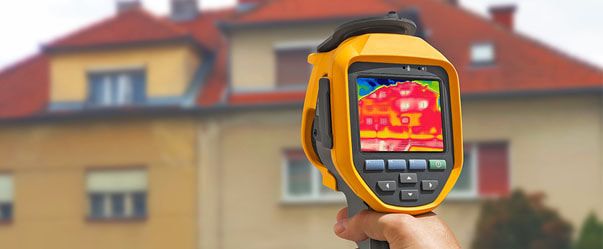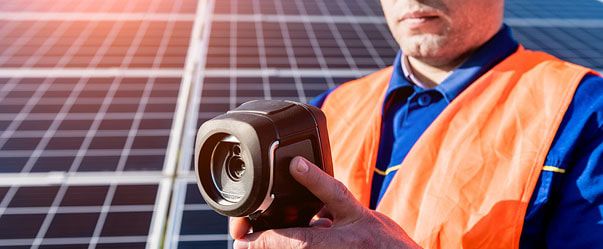|
On a bright day, infrared light, also known as infrared radiation (IR), produces the warmth you feel on your skin. It's also the foundation for thermal imaging cameras; however, there are a few simple ways to block this form of IR if needed partially.
Before discussing how to block infrared cameras or light, we must first understand what an infrared camera, often known as a thermal imaging camera, is and how it works.
19 Comments
Thermal imaging cameras convert thermal energy into visible light to examine a specific object or scene. The image created is called a thermogram, and it is studied using a thermography technique. Thermal imaging cameras are advanced equipment that processes and displays the captured image.
You can use such images for fast diagnosis or be processed with specialized software for additional analysis, accuracy, and report generation. Let's look at their history to understand better how they have come to be helpful today. Electrical Fires in Australia Electric-caused fires have long been a serious threat to buildings and people in Australia. In the early years of the second decade of the 21st century when modern safety measures should have been available for establishments, electrical fires were still a persistent problem. One such case is that of the Coogee Bay Hotel which experienced an electrical fire on its ground floor on July 12, 2012 and forced 270 people to evacuate en masse. Thermal imaging is a method of utilising infrared radiation and thermal energy to gather information about objects in order to formulate images of them, even in low visibility environments.
It’s a type of technology that has built up a number of uses over the years. Aside from recognising heat, it can also be an effective form of night-vision technology with the capability in the total absence of any light (since it doesn’t rely on visible light), and can even work in different conditions such as smoke, fog, etc. But how would thermal imaging be applied in different situations? Can you really use it for different things other than searching for heat or heat patterns? |
Home | Services | About Us | Certificates of Currency | Thermal Scanning | Electrical Thermal Scans
Submit Works Order | Feedback | Contact Us
Switchboard Scanning | RCD Testing
5 Caringal Pl, St Ives NSW 2075, Australia | 1300-4-A-SCAN (*1300 427 226)
Infrascan Thermal Imaging © 2021
All Rights Reserved | Sitemap
Submit Works Order | Feedback | Contact Us
Switchboard Scanning | RCD Testing
5 Caringal Pl, St Ives NSW 2075, Australia | 1300-4-A-SCAN (*1300 427 226)
Infrascan Thermal Imaging © 2021
All Rights Reserved | Sitemap


